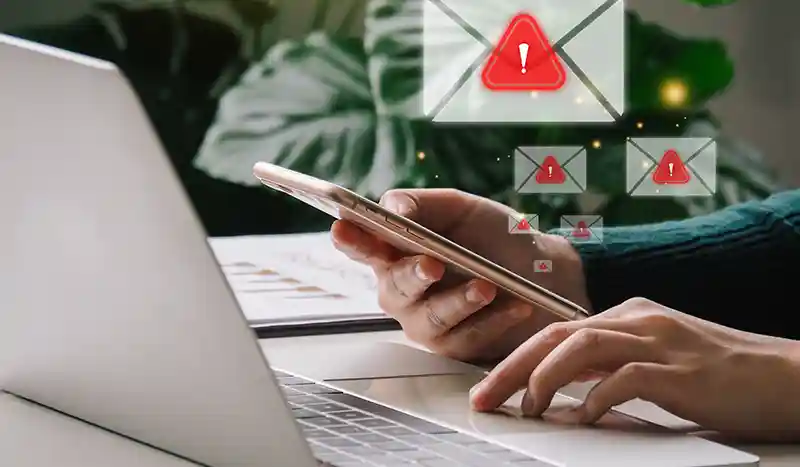In the ever-evolving landscape of technology, one term that's making the rounds is "email spoofing." As your trusted IT partner at Light Source Computing, we understand the importance of keeping you informed about potential threats to your digital communication. In this blog post, we'll demystify email spoofing, highlight the key differences, and share tips on how to identify and protect yourself from this cyber menace.
Understanding Email Spoofing
Email spoofing occurs when a cybercriminal disguises their identity to send emails that appear to be from a trustworthy source. These deceptive emails often aim to trick recipients into taking harmful actions, such as clicking on malicious links or providing sensitive information.
Key Differences to Spot
- Sender's Address Discrepancy: Legitimate emails usually come from a consistent, recognizable sender address. Be wary if the sender's address seems unusual or if the email claims to be from a reputable source but uses a free email service.
- Unexpected Attachments or Links: Spoofed emails often include unexpected attachments or links. Exercise caution if you receive an email urging you to click on a link or download an attachment unexpectedly, even if it seems to be from a known sender.
- Unusual Language or Requests: Email spoofing attempts may involve subtle language differences or unusual requests. If an email seems out of character for the supposed sender, it's wise to double-check its legitimacy.
How to Identify Email Spoofing
- Check the Sender's Details: Hover over the sender's email address to view the full details. Legitimate emails will display a consistent, accurate sender address.
- Verify Unexpected Emails: If you receive an unexpected email with urgent requests or unusual content, verify its legitimacy by contacting the supposed sender through a known and trusted method.
- Use Email Authentication Methods: Employ email authentication protocols such as SPF (Sender Policy Framework) and DKIM (DomainKeys Identified Mail) to enhance email security. These protocols help verify the authenticity of the sender's domain.
Protecting Yourself from Email Spoofing
- Enable Two-Factor Authentication (2FA): Adding an extra layer of security through 2FA can significantly reduce the risk of unauthorized access, even if login credentials are compromised.
- Educate Your Team: Ensure that your team is aware of email spoofing risks and understands how to identify suspicious emails. Conduct regular training sessions to keep everyone vigilant.
- Implement Email Filtering: Utilize advanced email filtering tools that can identify and quarantine suspicious emails before they reach your inbox.
At Light Source Computing, your cybersecurity is our priority. By staying informed and adopting best practices, you can significantly reduce the risk of falling victim to email spoofing attempts. If you ever encounter suspicious emails or need assistance with your cybersecurity strategy, don't hesitate to reach out to our expert team.
Stay vigilant, stay secure!

